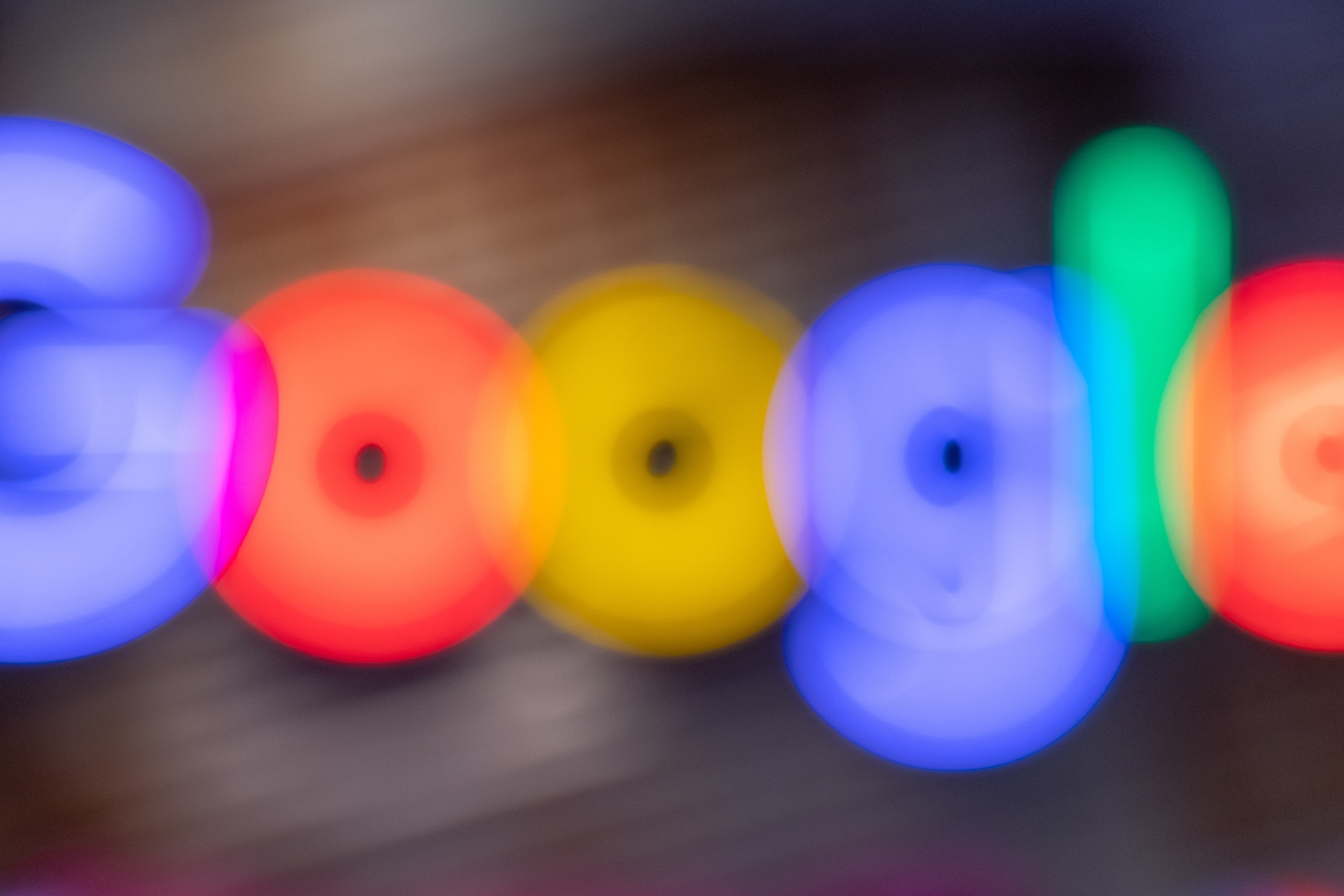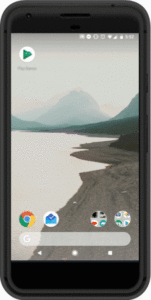
What is Google Play Instant?
Google Play Instant (GPI) is a new technology from Google Play team that allows you to launch an Android game/app without downloading and installing it. It was publicly launched at Google IO conference in May 2018.
The instant experience could be implemented in many ways, for example as a simple “demo” of the application on Google Play Store or an advanced one used in social sharing or winning back churned users. This technology is really unbarred and gives a lot of freedom to developers and publishers.

Currently, there are two main points of contact for Instant experience – Google Play Store “Try Now” button or any other place where you can add a link (instant app can be launched by clicking a link).
To be able to see Google Play Instant, be sure to check proper box in your Google Play Store settings, Google is working on enabling them by default for all users, starting from the next year (2019).
Google Play Instant requirements
There are soft and hard requirements that all applications (including games) need to pass to go live as an instant app. The most important one (and hardest to fulfill) is the size requirement. Currently, (as of October 2018) maximum limit for Google Play Instant Game is 10MB.
Taking into consideration that empty, optimized and simplified Unity build is 6.5MB, we are left with 3.5MB for the game. On top of that, we can download an additional asset bundle (max. 15MB) on the first screen. This gives us a decent 18,5M for the whole instant experience.
It’s a lot while thinking about hyper-casual simple games, but if you want to build instant experience for 3D, graphic-rich title, it won’t be possible without clever game design, assets and code optimization.
List of all official requirements can be found here:
https://developer.android.com/topic/google-play-instant/game-tech-requirements.
Google Play Instant Game can be created in almost any technology supported by Android. Native code, Unity and Cocos2d are officially supported with dedicated plugins that can help you with optimization of the project.
Do I really need Google Play Instant experience for my Unity game?
Do you need a video and screenshots on your Google Play listings? If yes – then you will definitely need an Instant Game too!
Instant game connected to try now button is the best way for your clients to test your game, initial results shows up to 20% increase in organic installations after the introduction of GPI. Also, users that test your game and then download full version will have much better retention (as anyone who doesn’t like it will drop out in “Instant” stage). As only the users who like it will go further in the installations funnel, you can also expect much better engagement and monetization.
Instant experience is not a golden solution, but it can greatly increase KPIs in your full games when implemented correctly.
The most important is to have the same experience in instant and full version of the application. If you have 2D strategy game and create a 3D action instant app (we all know developers who do similar things with video ads ;)), don’t expect any good results.
Try now button is the simplest solution – there are hundreds of ways of utilizing GPI features for winning back churned users, making great viral social invites or even creating a whole game in this technology!
On top of that, Google is pushing this tech on all events (recently Google Playtime Berlin 2018) so there is a big chance that this will also impact ASO and become a must-have feature (as the videos currently).
“App Store Discovery will ultimately see more consumers trying games which will ultimately lead to more installs and longer and better engagement.”
Kyle Rushton, Senior Director of Product, Management @ Zynga
How to design Google Play Instant Game experience
GPI is just a tool, a framework that you can tailor to your needs. There are numerous ways of how developers are using it currently and we are sure there will be hundreds of new ideas in the future.
Right now the best way of dividing them and giving a few examples is to split them by game life cycle:
- Pre-Launch – test it and make your launch as big as possible!
- A/B testing of game concepts – create few variants of instant games and test your game ideas fast, without a commitment to full production (you can attach analytics tool to GPI too).
- Pre-registration campaign – upload a demo of your game to allow players to playtest and pre-register before the launch date.
- Recently launched game – Virality and User Acquisition.
- Demo version of your game – give your users an option to test the game before downloading it. This could lead to organic growth up to 20%.
- User Acquisition – Use Google Play Instant as ads in Universal App Campaign (coming soon, also to other networks), as Playable ads are outperforming other ad units at the moment, this could get even better!
- Virality – bring social interaction to the next level. Invite friends so they can help you and test the game without downloading.
- Late stage games – bring back churned users.
- Cross Promotion – use an instant app as a cross-promotion tool. Give your customers an option to test other titles without a need to download a game.
- Win back churned users – send churned users information about new game changes/content that they can test instantly without the need to launch the game or re-download it (you can use a newsletter or remarketing for this).
As you can see there are plenty of options to utilize Google Play Instant features, we just mention a few most common approaches. Just remember to design your Google Play Instant experience based on your goal. “Try now” Instant will be different than solutions for the social invite.
How to develop Google Play Instant Game
If you have never done this before, then we suggest to start with the simplest solution – “demo” version of your game that will be connected to “try now” button on your Google Play store page.
There are two main approaches to developing Google Play Instant:
- Develop instant experience from scratch – you are creating a new project using old assets and scripts. Some of them probably will need to be rewritten or optimized to meet the criteria. This approach is best for big projects or for projects with “spaghetti” code. It allows you to start with a blank card and add features that you only need in GPI.
- Strip down and optimize current project – you are making a copy of your project and stripping it from all unnecessary features, assets, levels, SDKs and so on. Best for simple games and projects with a good quality code. As you are only reducing the number of content and features, you don’t need to rewrite the whole code.
The complete process (on the top level) is quite simple:
- Decide how would you like to develop GPI
- Design what should be in GPI according to your goal, KPI
- Create a game
- Optimize the project
Just remember to check all requirements first!
There is one more important factor that you need to consider when planning the instant app – resources.
If your project is old, then it’s less of a problem, as you can pull your devs from further game development into developing GPI. However, if you are close to the launch of a new title, then the last thing you want to do, is pull your devs out of the project to do some “marketing” stuff. Also, most game developers don’t like this kind of work (“silly marketing stuff – let me do more games!” ;)).
One of the solutions is to use an external studio that has already got the experience in GPI (like the Knights :)), even though their hourly rate might be higher than the rate of your in-house developers. In the end, you will save time and money as you won’t have to take your devs away from main game development, and won’t need to invest in R&D of Instant games, as the agency will do this for you.
Currently, it takes us from 100 to 300 hours (on average) to develop Google Play Instant game from scratch (assuming we have received the design and assets from the client).
Whether you decide to work with an agency or not, pay attention not just to the price but also the quality of work, past projects, and references. GPI could sound easy, but if you face some blockers, then it’s better to have a reliable team that will deliver. Untrustworthy developers might, in consequence, make you postpone the launch of your game or launch it without the GPI in the end. Further more, always ask if you can develop next version of GPI with the same team or make some additional tweaks – it’s the same as with regular games or ads – you always need to optimize and iterate, so one-shot cooperation will work only in the short term.
Summary and next steps
So now, as you know the basics of Google Play Instant, you should be able to plan your Google Instant experience and start the development. Just remember to tailor the instant experience to your goal, read the documentation first and plan your resources for this project.
If you are familiar with Unity and optimization of Unity projects, developing GPI shouldn’t be a problem for you. However, if you want to know more about how to do it from a technical point of view – stay tuned for our next post where we are sharing our development process and tips and tricks. If you have any questions or need help with the development of your Google Play Instant Game – drop us an email at contact@theknightsofunity.com.
Good Luck!
